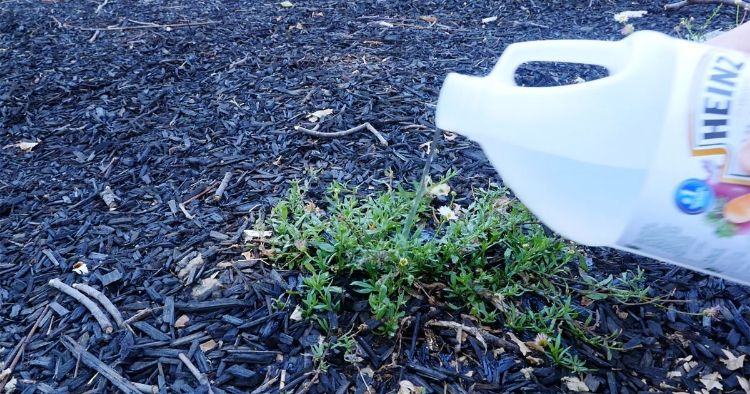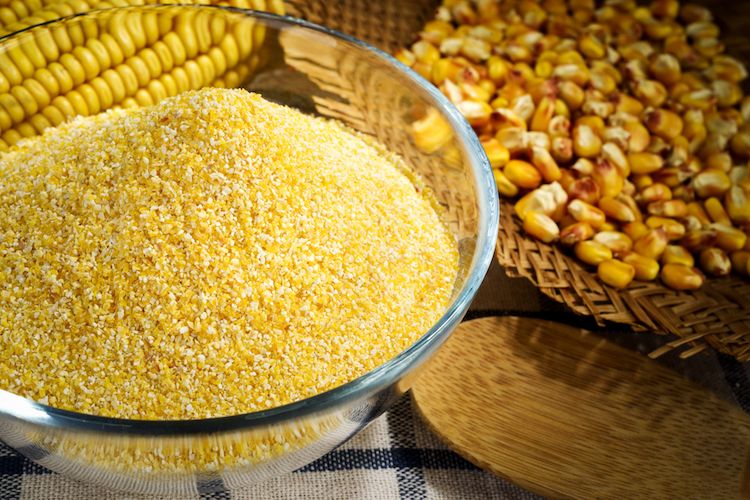Growing herbs in water is a fantastic way to bring the joys of gardening into your living space, even if you lack a traditional garden. Not only do these herbs offer delightful flavors and aromas to your culinary adventures, but they also bring a touch of nature indoors.
If you’ve ever dreamed of having a flourishing herb garden but lack outdoor space or a green thumb, growing herbs in water might just be the perfect solution for you. Not only is it a convenient way to enjoy fresh herbs year-round, but it also adds a touch of natural beauty to your living space. In this article, we’ll explore 18 herbs that you can easily grow in water, along with tips on how to care for them to ensure their continuous growth.
1. Basil
Benefits: Basil is not only a staple in Italian cuisine but also a rich source of vitamins and minerals. Its aromatic leaves are packed with antioxidants and have antibacterial properties.
Basil is a fragrant and flavorful herb that thrives in water. Change the water every 3-5 days, and you’ll have a steady supply of basil leaves for your culinary endeavors.
2. Mint
Benefits: Mint’s refreshing flavor isn’t the only reason to grow it. Mint is known for aiding digestion, soothing headaches, and offering a cooling sensation that can relieve minor skin irritations.
Mint is known for its rapid growth, making it an excellent choice for water propagation. Change the water every 2-3 days to keep your mint plant healthy and thriving.
3. Oregano
Benefits: Oregano is a potent herb with antimicrobial and anti-inflammatory properties. It’s also rich in antioxidants and has been used in traditional medicine to alleviate respiratory issues.
Oregano can be propagated in water and will last indefinitely with regular water changes. Every 5-7 days, provide fresh water to maintain its growth.
4. Sage
Benefits: Sage is believed to have cognitive-enhancing properties and has been used for its antimicrobial effects. Its leaves can be brewed into a soothing tea that supports digestion.
Sage adds a distinctive aroma to your home. Change the water every 1-2 weeks and ensure that the leaves are not submerged to prevent rotting.
5. Rosemary
Benefits: Rosemary not only adds a delightful aroma to your home but also contains compounds that may improve memory and concentration. It’s also a good source of antioxidants.
Rosemary can take a bit longer to root in water, but once established, it’s a hardy herb. Change the water every 2 weeks and be patient as it establishes its roots.
6. Thyme
Benefits: Thyme is known for its immune-boosting properties and has been used to relieve respiratory congestion. It’s rich in essential oils that offer both flavor and health benefits.
Thyme is a low-maintenance herb. Change the water every 1-2 weeks and trim the plant to encourage healthy growth.
7. Chives
Benefits: Chives are a versatile herb that adds a mild onion flavor to dishes. They contain vitamins A and C, as well as antioxidants that promote overall health.
Chives are easy to grow in water. Change the water every 4-5 days and watch them thrive. Snip the leaves regularly to promote growth.
8. Lemongrass
Benefits: Lemongrass has a refreshing citrusy aroma and is used to make soothing teas. It’s believed to have anti-anxiety properties and may help lower cholesterol levels.
Lemongrass can be grown in water and will develop a robust root system. Change the water every 1-2 weeks and enjoy its citrusy aroma.
9. Cilantro
Benefits: Cilantro, also known as coriander, is a detoxifying herb that may help remove heavy metals from the body. It’s a rich source of vitamins and minerals.
Cilantro can be a bit finicky, but it can grow in water. Change the water every 3-4 days and ensure it gets enough sunlight.
10. Parsley
Benefits: Parsley is more than just a garnish. It’s rich in vitamins K and C and contains antioxidants that support heart health and bone strength.
Parsley is another herb that does well in water. Change the water every 3-4 days and pinch off any flowers to encourage leaf growth.
11. Lemon Balm
Benefits: Lemon balm has a calming effect and is often used to alleviate stress and anxiety. Its leaves can be used to make soothing teas that promote relaxation.
Lemon balm can be propagated in water easily. Change the water every 1-2 weeks and enjoy its calming fragrance.
12. Stevia
Benefits: Stevia is a natural sweetener that doesn’t raise blood sugar levels. Growing your own stevia allows you to enjoy a healthier alternative to refined sugar.
Stevia can be grown in water as a natural sweetener source. Change the water every 1-2 weeks and provide bright, indirect light.
13. Marjoram
Benefits: Marjoram has a pleasant aroma and is used to flavor various dishes. It’s believed to have antioxidant and anti-inflammatory properties.
Marjoram can be rooted in water and grown indoors. Change the water every 2 weeks and pinch off the tips to encourage bushier growth.
14. Spearmint
Benefits: Spearmint is known for its digestive benefits and can help relieve symptoms like bloating and indigestion. Its leaves can also be brewed into a refreshing tea.
Spearmint is another variety of mint that grows well in water. Change the water every 2-3 days and pinch off the tips to promote branching.
15. Tarragon
Benefits: Tarragon has a distinctive flavor and contains compounds that may help regulate blood sugar levels. It’s also rich in vitamins and minerals.
Tarragon can be a bit slower to root in water but will eventually thrive. Change the water every 2 weeks and provide a warm environment.
16. Lavender
Benefits: Lavender’s calming aroma is often used to promote relaxation and improve sleep quality. Lavender tea can have soothing effects on the nervous system.
Lavender can be rooted in water and will add a lovely scent to your surroundings. Change the water every 2 weeks and give it plenty of sunlight.
17. Dill
Benefits: Dill has antibacterial properties and is often used to aid digestion. Its leaves and seeds add a unique flavor to both culinary and pickling recipes.
Dill can be grown in water and will provide you with its feathery fronds. Change the water every 3-4 days and pinch off the flowers to extend its life.

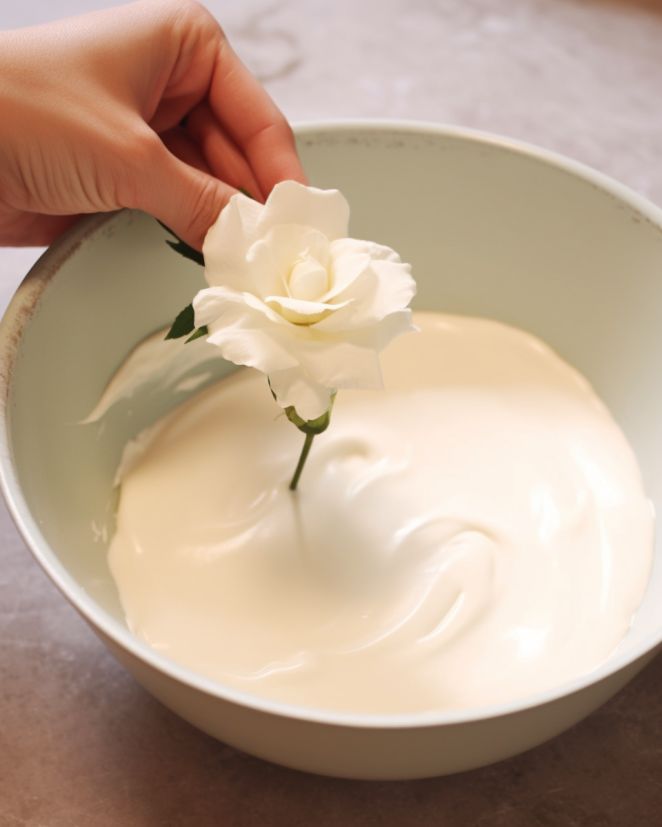
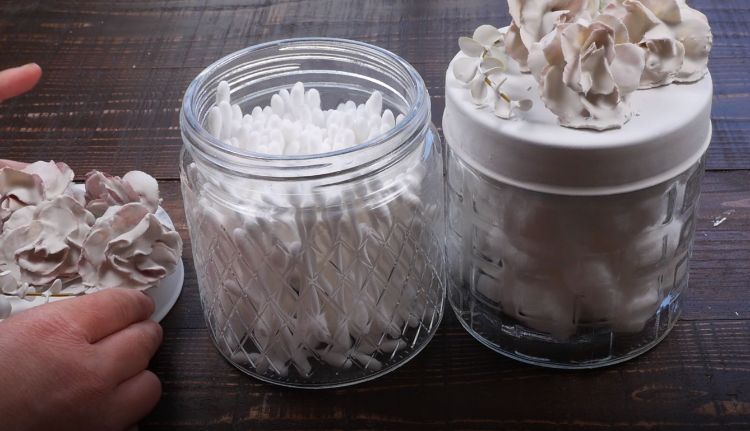


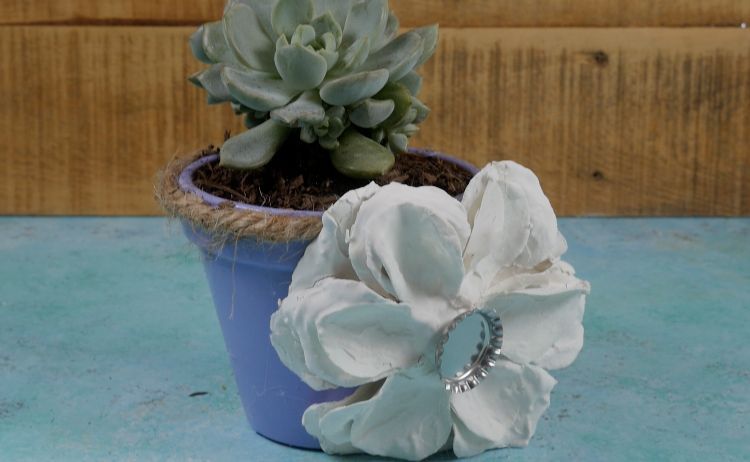
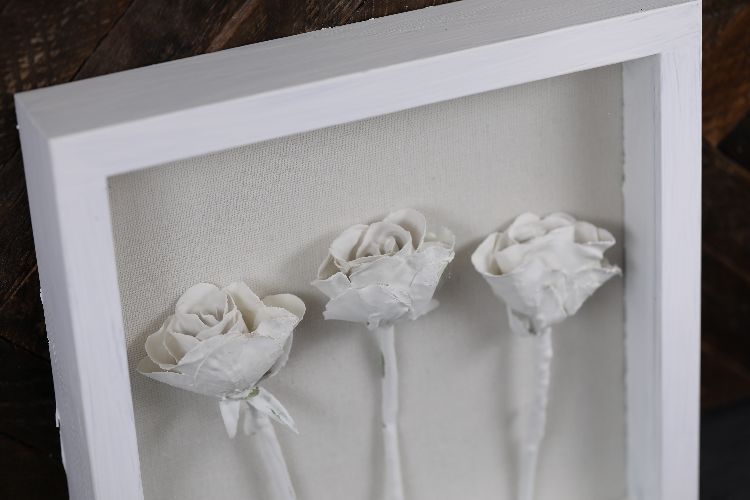









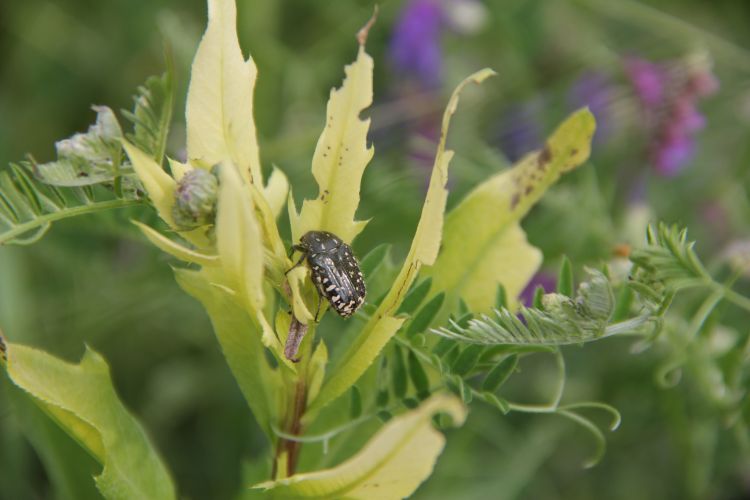
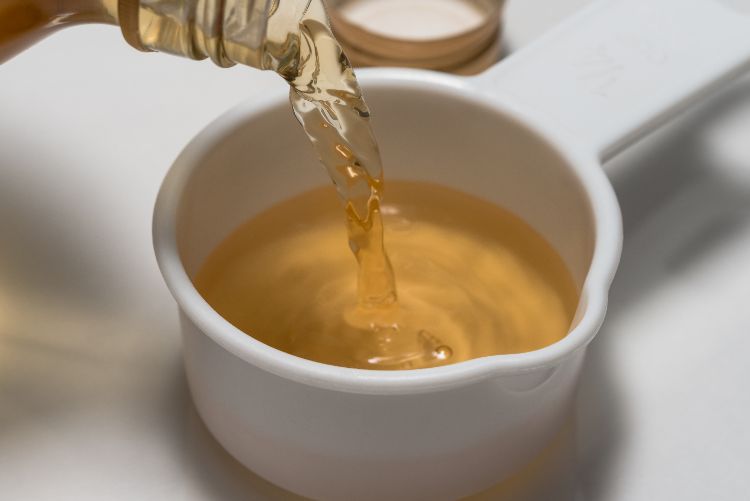
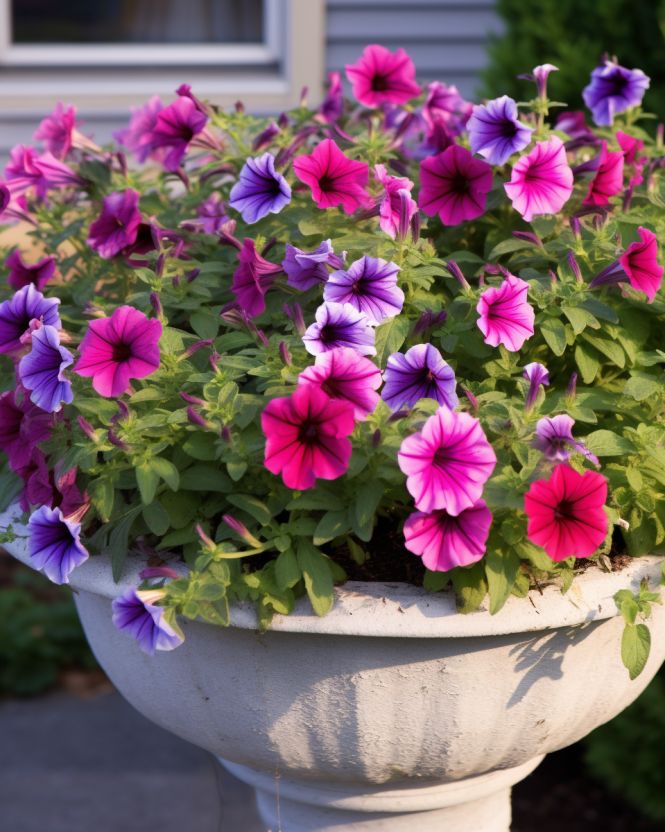
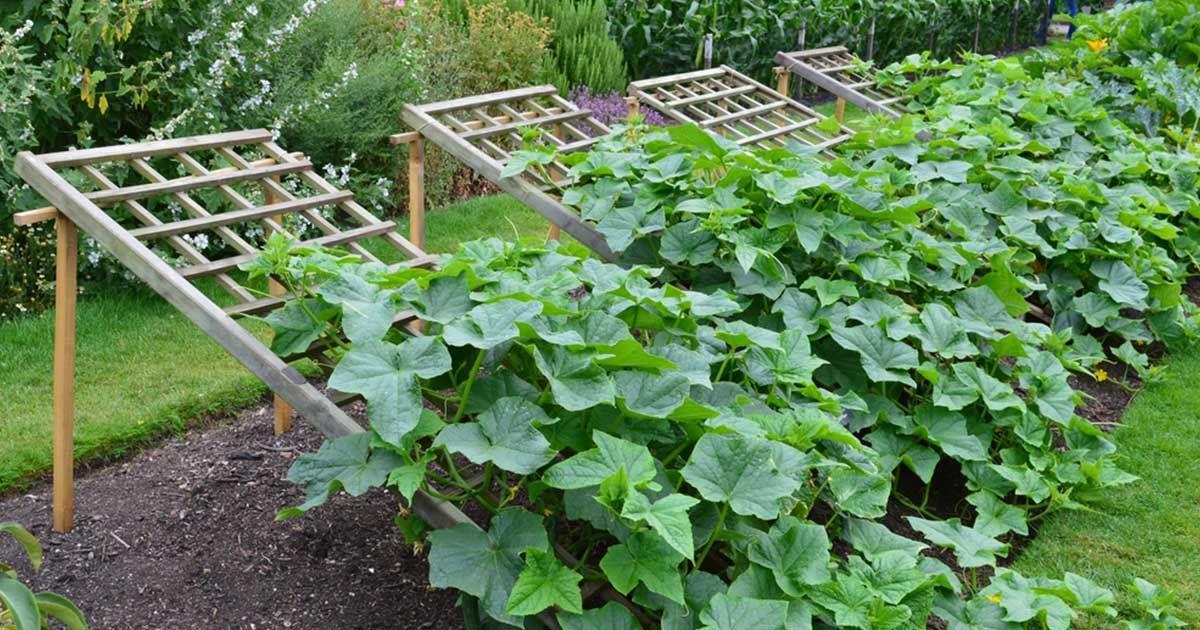
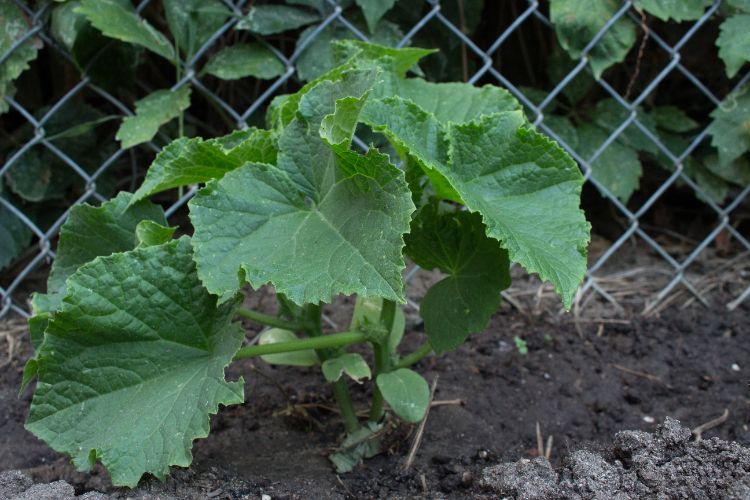
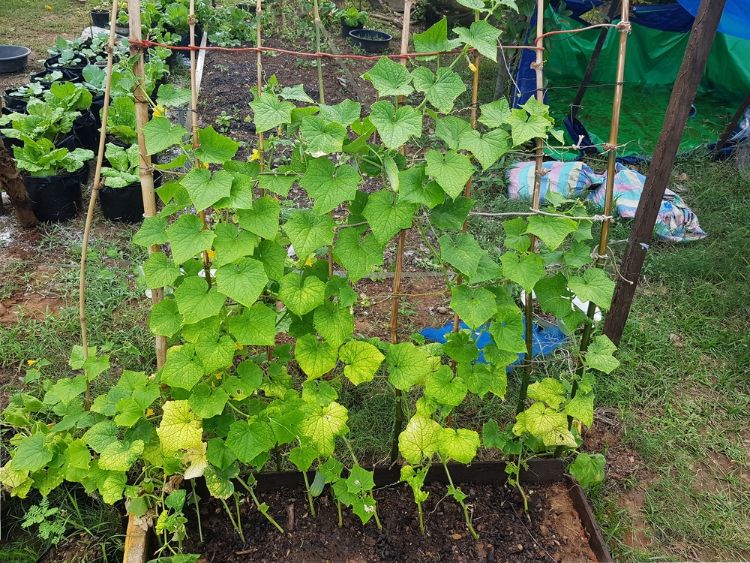






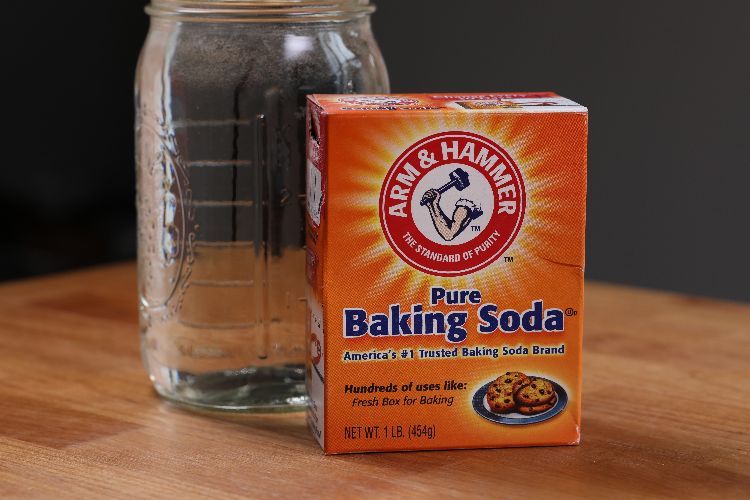
 .
.
